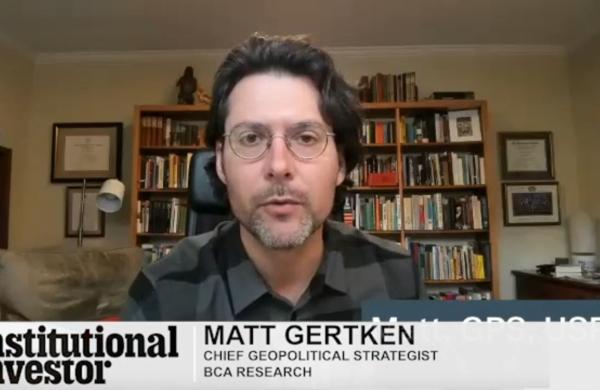The Federal Reserve Bank of Kansas City’s annual Jackson Hole Economic Policy Symposium gets underway today — albeit with several key global policymakers notably absent. Neither Federal Reserve Chair Janet Yellen nor her Federal Open Market Committee colleagues Charles Evans, Daniel Tarullo and John Williams are attending. It was at the 2014 iteration of the econ confab in the Rockies that European Central Bank president Mario Draghi gave an inspiring speech outlining changes that needed to be made, including an end to counterproductive austerity measures. While the ECB monetary and credit data release today for July brought positive news, with an increase in private-sector lending from an annualized rate of 1.7 percent to 1.9, other policy moves beyond the central bank easing have not come to fruition thus far. The most heavily debated example of austerity in the European Union, the Greek bailout, remains an open question as the International Monetary Fund argues for debt relief that German lead creditors steadfastly refuse.
U.S. second quarter GDP beats forecasts. Revised GDP data released this morning by the Bureau of Economic Analysis revealed that the U.S. economy grew at an annualized pace of 3.7 percent during the second quarter, a significant improvement from the initial 2.3 percent estimate and higher than consensus forecasts. The increase was driven in part by stronger U.S. exports and robust household spending.
Goldman suffers as junk yields surge. Bloomberg reported today that year-to-date, the principal distressed debt trading group at Goldman Sachs Group has suffered a $50 million to $60 million profits-and-losses setback amid sharply rising yields in lower credit categories. According to the report, heavy exposures to the energy and basic materials sectors were primarily responsible for the drawdown.
Chinese stocks head higher. After spending most of the day in the black, the Shanghai composite index rose during the final 45 minutes of trading today to close with a gain of more than 5 percent. The sudden rise in shares was attributed by some market observers to heavy buying by government-controlled entities.
Monsanto deal breaks up. Missouri-based agribusiness giant Monsanto Co. announced yesterday that it has abandoned its efforts to acquire pesticides maker Syngenta in a merger following the Swiss firm’s rejection of the roughly $46 billion offer. Syngenta’s stock plummeted by nearly 20 percent on the news. This marks the latest large merger to fall apart, placing pressure on merger arbitrage analysts.
Tiffany earnings lack sparkle. Luxury jewelry maker Tiffany & Co. today announced disappointing second-quarter results as a strong U.S. dollar and emerging-markets turmoil weighed heavily on international sales. The company reported earnings per share of $0.86 versus consensus analyst estimates for $0.91.
Portfolio Perspective: A New Volatility Regime?
“The average investor should take market volatility as a wake-up call. What is the market telling the investor to wake up about? Very simply, have a plan! An investor must take time to figure out what they are trying to achieve long-term. This takes having a plan. If the plan changes every time the market moves, then there is no plan, just gambling. If a plan is in place, then volatility could become an investor’s friend. Volatility spikes are like storms. When the storm does come in, an investor can then choose to either rebalance or to make additional investments. A portfolio should include investments that take advantage of volatility.”
— Aaron Izenstark, CIO, managing director and co-founder at IRON Financial, an alternative asset management firm in Northbrook, Illinois
“How will we know if a change in the volatility regime has begun? First, watch the profile of spot VIX. The second factor to watch is the ultimate floor for spot VIX — and by extension, the steady-state shape of the futures curve — once this event subsides. If implied volatility manages to exhibit an inverted V, and VIX bottoms out in the 10–12 range that has been its floor for the last several years, then this shock will have been an anomaly. Conversely, a profile akin to 2010 and 2011, combined with a higher floor for VIX around the 15-level would significantly increase the probability that regime change is underway.”
— Jim Strugger, managing director and derivatives strategist for MKM Partners, an institutional equity research, sales and trading firm, in Stamford, Connecticut






